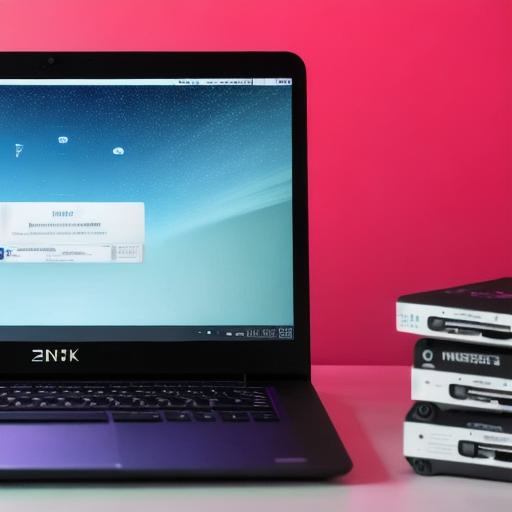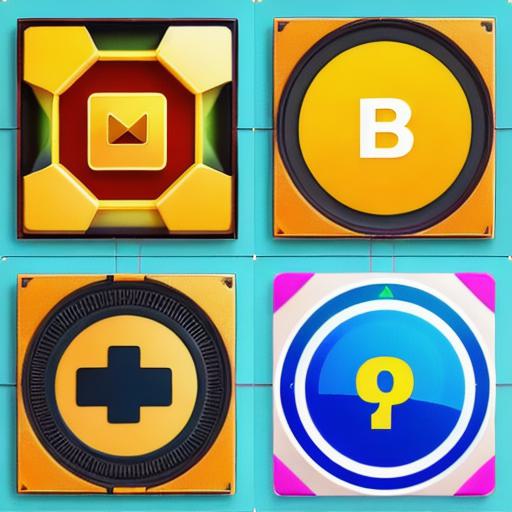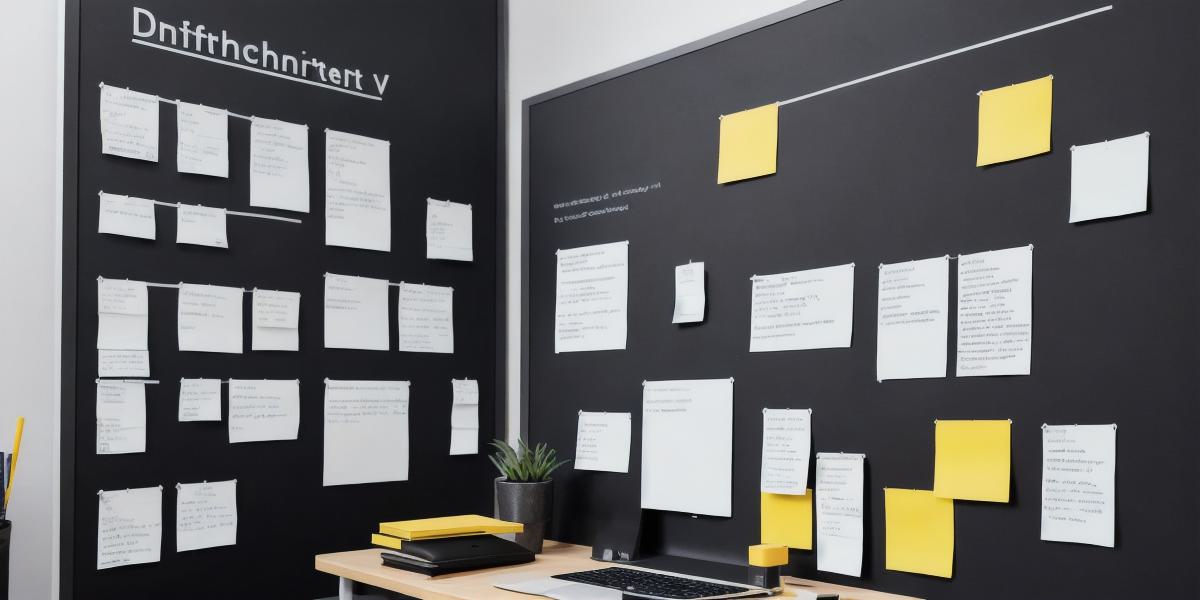Introduction:
Decentralized applications (dApps) are becoming increasingly popular, as they offer a more secure and private way to store and share data. Solidity is the most widely used programming language for building dApps on the Ethereum blockchain, while Web3 refers to the next generation of the internet, which is built on decentralized technologies such as blockchain and smart contracts. In this article, we will explore how to build decentralized applications with Solidity and Web3, using case studies and real-life examples to illustrate the points being made.

- What are dApps and why are they important?
Decentralized applications (dApps) are computer programs that run on a network of computers rather than a single central server. This makes them more secure, private, and resistant to censorship and tampering. DApps can be used for a variety of purposes, such as buying and selling goods and services, managing financial transactions, and storing data in a decentralized manner. They offer several advantages over traditional centralized applications, including greater security, privacy, and control over personal data. - How do dApps work?
dApps are built on the Ethereum blockchain using smart contracts, which are self-executing contracts that automatically enforce their terms. Smart contracts can be programmed to perform a wide range of tasks, such as transferring assets or issuing tokens. DApps are decentralized, meaning they are not controlled by any single entity or organization. Instead, they run on a network of computers, which allows them to operate more securely and efficiently than traditional centralized applications.3. What is Solidity?
Solidity is the most widely used programming language for building dApps on the Ethereum blockchain. It was created in 2014 by Vitalik Buterin, the founder of Ethereum, and has since become the de facto standard for dApp development. Solidity is a statically typed, object-oriented language that is similar to C++ and Java. It allows developers to write smart contracts that can be executed on the Ethereum blockchain.

- How do I get started with building dApps using Solidity?
To get started with building dApps using Solidity, you will need to have a basic understanding of programming concepts such as variables, functions, and loops. You will also need to set up an Ethereum wallet, which is used to store and manage your cryptocurrency and other assets on the Ethereum blockchain. Once you have a wallet set up, you can use tools like Truffle or Remix to write and test your smart contracts. - What are some examples of dApps built with Solidity?
There are many examples of dApps built with Solidity that are already in use. One popular example is Decentraland, a virtual reality platform that allows users to create and explore their own worlds. Another example is 0x, an automated market-making protocol that allows users to trade cryptocurrencies without relying on centralized exchanges. These dApps demonstrate the versatility of Solidity and the potential for decentralized applications to revolutionize a wide range of industries. - What are the challenges of building dApps with Solidity?
Building dApps with Solidity can be challenging, as it requires a deep understanding of programming concepts and blockchain technology. Additionally, dApps built on the Ethereum blockchain can be slow and expensive to use, as they require significant computing power to execute smart contracts. However, these challenges are offset by the many benefits of decentralized applications, including greater security, privacy, and control over personal data.7. What is Web3?
Web3 refers to the next generation of the internet, which is built on decentralized technologies such as blockchain and smart contracts. Web3 is designed to be more secure, private, and resistant to censorship and tampering than traditional centralized applications. It
